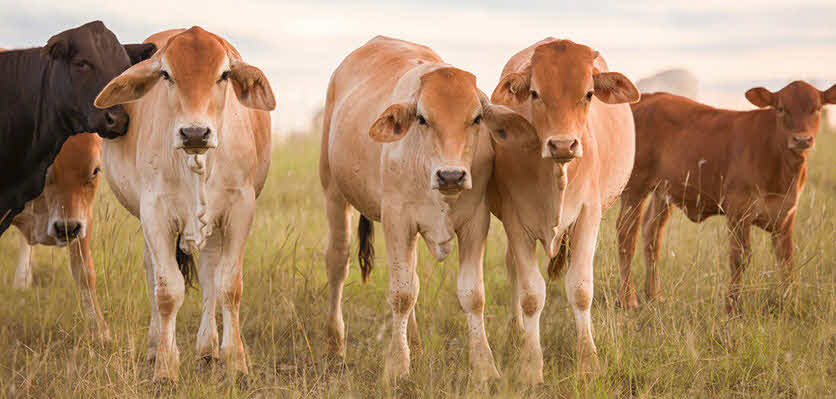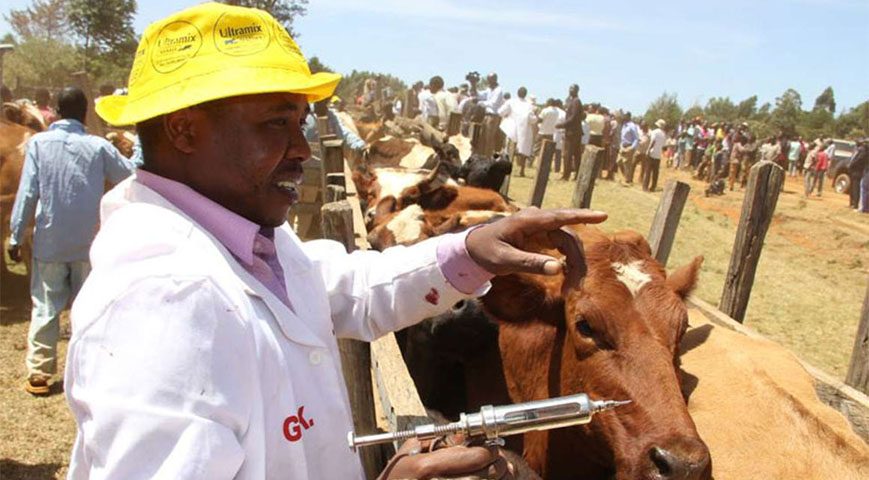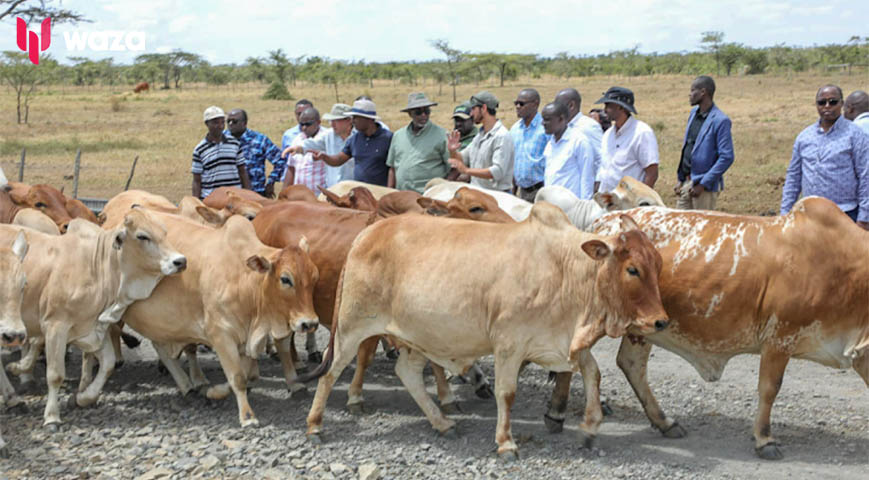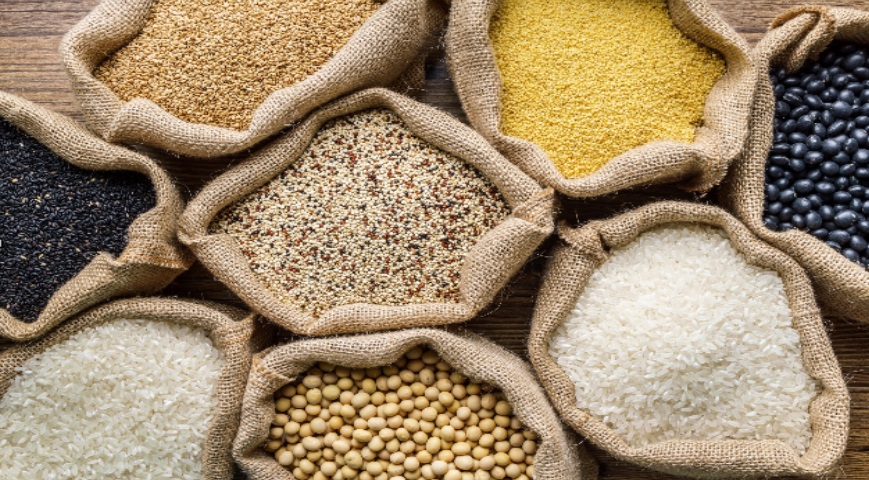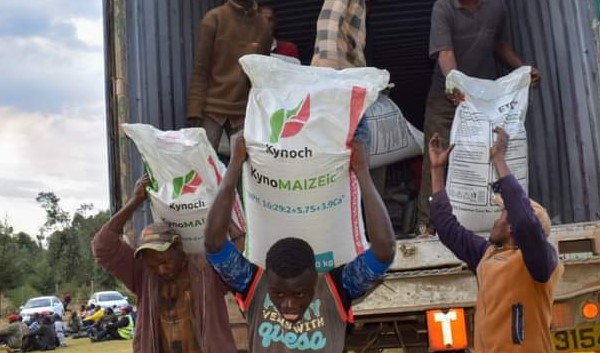Bloat is the build-up of gases brought on by the rumen's fermentation of meals. Indigestion of food is the cause of it. Animals bloated to death may happen.
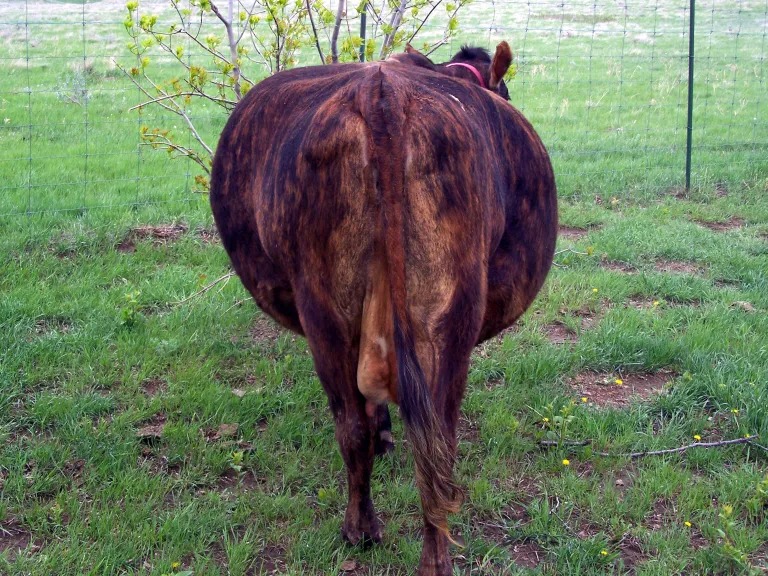
What results in animal bloat?
Bloating results from:
Did you read this?
Large food particles, including potatoes, carrots, and mangoes, bring on oesophageal obstruction.
A bulge in the chest wall puts abnormal pressure on the oesophagus.
Indigestion occurs when gases build up due to the rumen, and the valve at its entrance paralyzes. It could be caused by the animal ingesting poisonous plants or by an abrupt change in its diet, mainly if it consumes significant quantities of soft, green forage. However, if the forage is damp from dew or rain, the situation gets worse. Clover, beans, peas, Lucerne, cabbage, leaves, beetroot, and lush grass are examples of this forage.
What kinds of animals are prone to bloat?
Ruminant animals like cattle and sheep are more likely to be impacted.
Cattles
Sheep
Goats
signs of bloat
If you press with your hand, you may feel that the left side of the abdomen is loaded with gases when it is overly swollen. Therefore, death may occur within hours due to excessive pressure on the heart, lungs, and blood vessels.
What fixes are there?
cannula and trocar
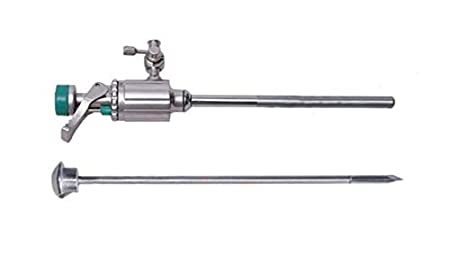
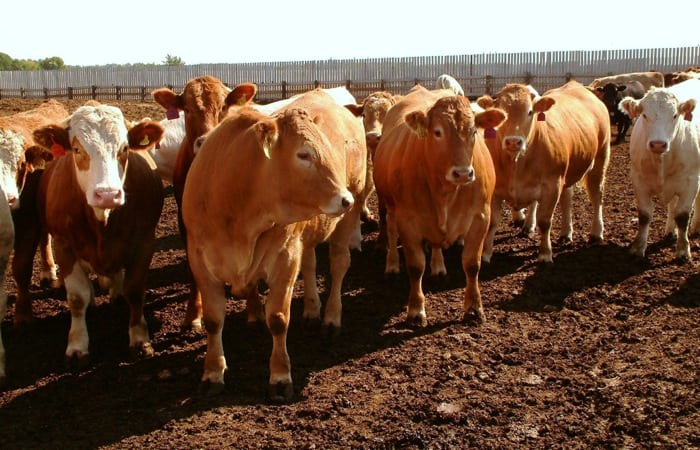
By raising the surface tension of the food mass in the rumen, the administration of methyl silicone as an injection straight into the rumen inhibits the foamy (bubble)type of bloat.

